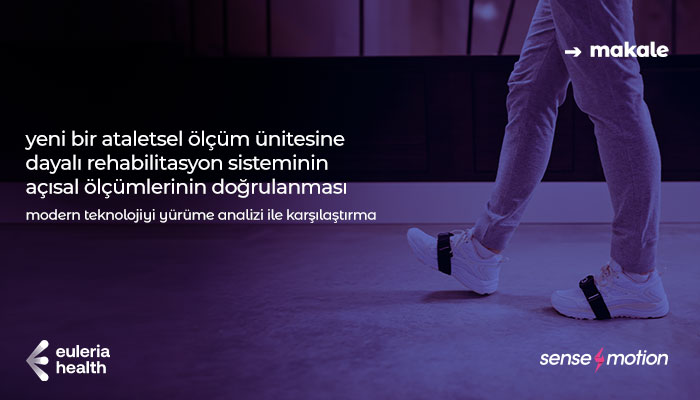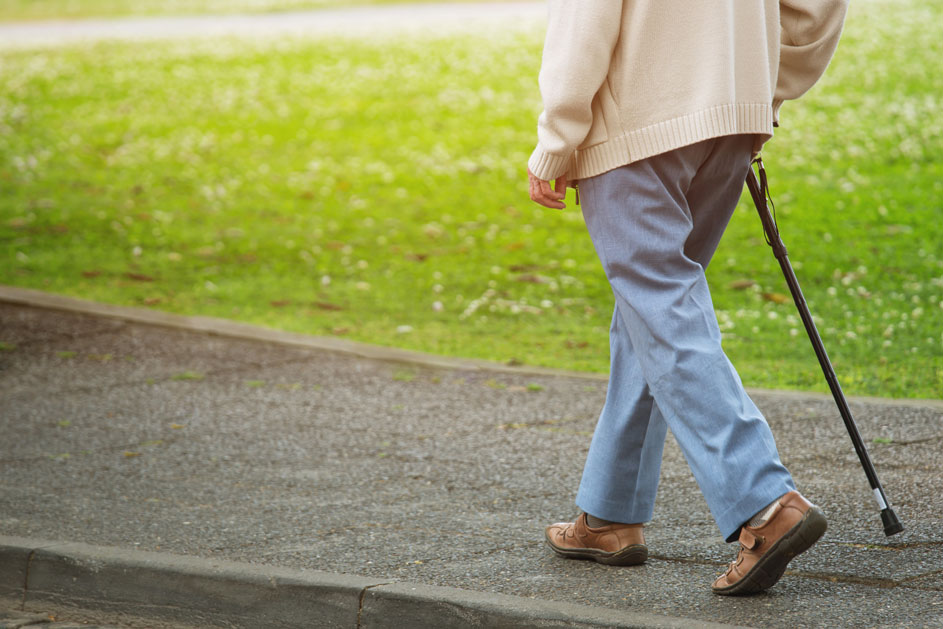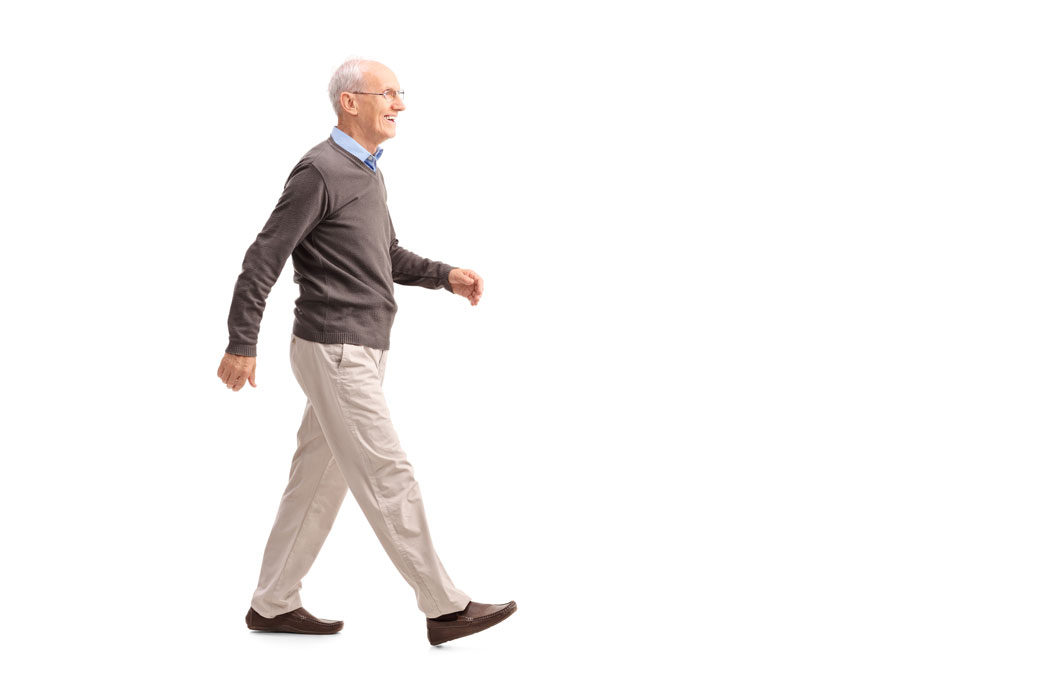Share

Validation of Angular Measurements of a Rehabilitation System Based on a New Inertial Measurement Unit: Comparison with Modern Technology Gait Analysis
Many rehabilitation systems based on inertial measurement units (IMUs) are entering the market to control exercises and measure performance progress, especially following lower limb orthopedic treatments. The Riablo system is an adaptive system in which several IMUs are wirelessly connected to a computer, encouraging the user to perform specified physical exercises, guided by a video interface. It aims to facilitate the effective implementation of standard and new rehabilitation programs by providing portable, easy-to-use and user-friendly graphical visualization specific to modern rehabilitation systems.

Audio and visual feedback motivates patients to perform rehabilitation exercises more carefully, more accurately and more often. Both achieving the required angular values for the body parts involved in the exercise and detecting and reporting compensations provide users with valuable feedback on the quality of their performance.
In this study, an inertial measurement system based on audio and visual biofeedback (RiabloTM, CoRehab, Trento, Italy) was compared with a state-of-the-art gait analysis (VICON), which is considered the gold standard.
To determine the sensitivity of the IMU to errors in position and orientation, five healthy male participants (25-35 years, 68-80 kg; 165-190 cm) performed hip abduction/adduction of 35 degrees and hip flexion/extension of 90 degrees, each with three IMU sensors placed on the leg and trunk and markers of a state-of-the-art gait analysis system placed simultaneously. The root mean square deviation used was the difference in kinematic output between incorrect and correct IMU position and orientation. To measure the neutral joints between IMUs according to the standard angle calculation, static calibration is required by asking the user to stand in the anatomical position for a few seconds.

To determine the accuracy of the IMU system, 17 healthy subjects (10 males, 7 females; age 26.3 ± 3.8 years; BMI 22.3 ± 2.3) performed antigravital knee flexion, squat, lunge and antigravital knee extension exercises on one leg with the other leg, which are routinely performed in knee rehabilitation. Each participant performed 5 repetitions of each exercise and the whole session was repeated 2 times.. Movement of the knee joint and thorax inclination are considered the gold standard for validation of the IMU system with a modern technology gait analysis system.
During the applied rehabilitation exercises, the difference between the IMU and gait analysis system measurement is less than 5 degrees on average. Very small errors in joint rotations were found even when the user wore the sensors themselves. These findings suggest that the tested IMU-based system has sufficient accuracy to be safely used in rehabilitation programs following lower limb orthopedic treatments.
The Riablo system can provide an important resource for personalizing the rehabilitation process, motivating the patient and providing objective monitoring of progress with accurate measurements.